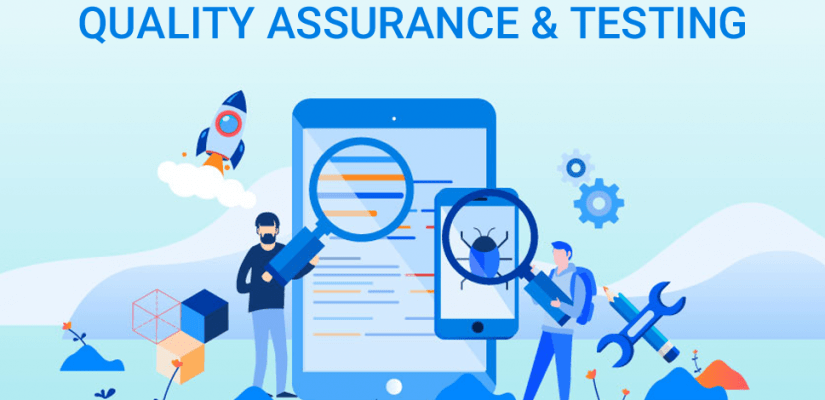Database testing is an essential part of the quality assurance process for software development. By identifying and correcting errors in the database design and structure, we can reduce the number of defects in production. This blog post will look at how database testing can help improve quality assurance. We’ll also discuss some common issues that can Impact database testing and provide some tips on how to overcome them. Finally, we’ll take a look at some tools and techniques that can help you get started with database testing.
What is database testing?
Testing an application’s database design and structure (database testing) is an essential component of quality assurance. The goal is to identify any errors or problems with how the database has been structured before the application goes into production. Database testing is all about catching bugs in the process that lead to data integrity issues, performance problems, and crashes.
- All applications have a database of some quite stand-alone application or an enterprise system with multiple databases. Database testing is important for all types of apps. Also, many defects are introduced at the interface between the application code and the database layer. These defects might not be detected until they reach production -if they are ever detected at all.
- Database testing helps to ensure that data integrity is protected throughout the process. From design, development, and right up until the application goes live. It ensures that no changes are introduced into production without being validated by quality assurance protocols.
- We can ensure that the application is more maintainable by ensuring the database code complies with best practices for structure, organization, and naming conventions. Problems found in testing can be efficiently fixed before release (and ideally before development even begins). And if all goes well, our final product will be robust, efficient, and easy to use.
The Three Main Phases of Database Testing
There are three main phases to database testing. These include describing the process, identifying errors or defects, and performing validation. We’ll take a look at each of these phases in turn.
- Describing the process is about understanding what needs to be tested, why it needs to be tested, and how best to test it. Software testing mainly involves entering data into forms or screens that interact with the database somehow. Database testing can also include reviewing queries generated by the application or reading data directly from the database tables.
- Identifying errors is about detecting any issues with the design and structure of the database. This can include problems with table relationships (i.e., foreign keys, primary keys), incorrect data types (i.e., dates/times, phone numbers) or invalid values (i.e., non-numeric, alphabetic characters within numeric data fields).
- Performing validation is about making sure that the expected results are obtained. This includes ensuring that queries return the correct results and forms/screens reflect changes to the database structure.
It also includes checking for excessive wait times and incorrect error messages.
Some Common Issues with Database Testing
Testing the database design and structure is not without its challenges. Most of these issues relate to third-party tools or technologies or can be avoided using open source alternatives instead. Let’s take a look at some of the most common problems and how to overcome them.
-
Database Virtualization
A common problem with database testing is the use of third-party virtualization tools. These tools allow developers to create an isolated environment (i.e., a virtual database) that represents the production database without impacting or interfering with it in any way. However, problems can arise when attempting to run multiple virtualized instances simultaneously.
Open-source alternatives such as SQLite allow you to run multiple database instances on the same system. Therefore, this approach uses a single file rather than copy-on-write and is easier and faster to use and configure.
-
Database Migrations
One of the most challenging issues we face in software testing is when the database is migrated (i.e., upgraded) at some point during the development process. This can cause application crashes and inconsistent results between testing environments (development, QA, pre-production, production).
The best solution to this problem is never to migrate an existing database that contains data your application needs.
You may also choose to run multiple database instances simultaneously. Here, one instance would be used for development purposes and the other(s) for testing purposes. Or, if this is not an option, you can have separate databases with all testing being done in a pre-production environment.
-
Database Integration Issues
Suppose that your application uses several different databases to accomplish its tasks. For example, your user management and profile data may be stored in one while your order history is kept in another.
When you need to test all of these transactions and interactions between databases, it can be time-consuming and laborious (especially when live data is involved). This is because each database must be loaded separately, taking up to several minutes. This also means that you’ll need to load all of your data into each one for testing purposes, which can take even more time.
Final Thoughts
If the database is so important to your company, shouldn’t you ensure it’s as error-free as possible? We can help! Contact us today for more information on improving quality assurance with database testing. You’ll be glad that you did.

















